20 Best Ways to Use LinkedIn for Marketing in 2015
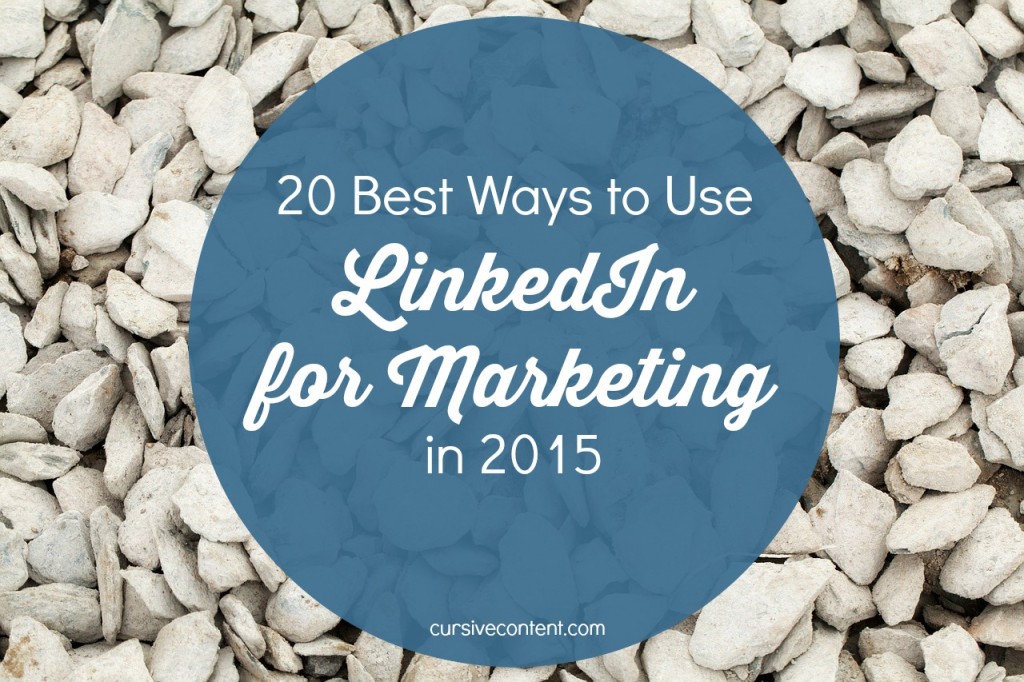
LinkedIn has a lot going on. With nearly 350 million global members, it’s the largest professional social network. And it keeps growing – both in membership size and in the scope of offerings it provides to businesses and marketers.
(For example, the company recently expanded its Marketing Solutions portfolio and launched LinkedIn Lead Accelerator, a new lead generation and nurturing product.)
If you’re a small business with low-to-no presence on LinkedIn, 2015 needs to be the year you up your LinkedIn game.
Here are the 20 best ways to use LinkedIn for marketing this year, curated from the best and brightest in social media marketing:
Master Your LinkedIn Presence
1. “There are many ways to create traffic and leads from LinkedIn. My most successful and consistent results have come from building a personal profile that has been optimized with related keywords, action-oriented engaging copy (not a sales pitch) and rich media content from videos, presentations, documents and more.” – Jon Rognerud for Social Media Examiner
2. “You can now showcase a rich media portfolio on your LinkedIn profile: Slideshare decks, infographics, videos, eBooks, and more. We call it “building your treasury,” because this is where it’s okay to show off all the gems you’ve designed and produced throughout your professional life.” –
3. “Like anything, start by laying solid foundations for your LinkedIn Company Page and build on top of that. Think of this as your business’ virtual first impression for other brands and potential customers or employees. Invest time to ensure that your profile page is visually appealing, on-brand and professional.” – Sam Milbrath for Hootsuite
4. “LinkedIn is fast becoming the go-to spot for business professionals to educate themselves on industry-related topics. That makes it a great place to promote your well-designed, professional SlideShare content. Anytime you post a [SlideShare] presentation on LinkedIn, share it as a status update in both your personal profile and company page. You can also add your SlideShare content to your LinkedIn profile’s Summary page.” – David Waring for Social Media Examiner
5. “Connect with everyone. You already know all of the opportunities that your closest connections can share since you talk to them more frequently. It’s time to use LinkedIn like a live networking event and introduce yourself to others, make new friends, and start helping more people connect. Also, start accepting invitations to others who add you, as the more connections you have, the larger your expanded network grows which helps create more opportunities in the long run.” – Lewis Howes
Publish Your Content
6. “When you publish on LinkedIn, your content is open for all LinkedIn users to read. That means if it gains even a smidgen of popularity, it has the opportunity to spread quickly through the platform. Users who are not your direct connections can then choose to follow you and be notified of your content updates in the future. Your connections are also notified when you publish a piece of content, again increasing the likelihood that your content will be read. And all of your published posts become part of your profile, creating a stronger portrait of your authority.” – Cursive Content Marketing
7. “On average, the longer the post, the better. Posts between 1,900 and 2,000 words perform the best and gain the greatest number of post views, LinkedIn likes, LinkedIn comments, and LinkedIn Shares.” – Paul Shapiro for OKDork
8. “Keep the quality high. Be a stickler for top-tier authoritative content. Even if LinkedIn is not curating the quality of its content, you should be. Publish only something that you want to attach to your name forever.” – Neil Patel for KISSmetrics
9. “Looking at LinkedIn’s most-engaging Influencer posts of 2013, a clear pattern emerges. Authors with hard business advice to offer are the ones who are read most often and generate the most engagement, with posts on “spotting talent,” “acting ethically,” “leading with purpose,” and “building company culture” topping the popularity list. Thought leadership advice from those who’ve achieved real-world success is hugely popular, so if that’s you — don’t hold back.” – Mike Bailey for Content Marketing Institute
10. “Study Pulse. Popular articles published on LinkedIn get promoted to LinkedIn’s online magazine, called Pulse. Pulse is segmented by topics and industries, so find the most appropriate category for the type of content you’ll be publishing and study the popular articles within that category to learn what are the common denominators and/or types of content that make it to Pulse.” – CreativePR.com
Promote Your Content – And Yourself
11. “Sponsored updates provide a better way to put your content in front of key influencers and decision makers on LinkedIn, which will ultimately help you build your credibility as an expert in your niche and increase your exposure to people who are not in your network.” – Melonie Dodaro for Social Media Examiner
12. “When it comes to setting up the actual content of the post you’d like to sponsor … Be concise and mobile-friendly: More than half of sponsored engagement comes from mobile devices. Either eliminate intro text or keep it under 150 characters.” – Amanda Walgrove for Contently
13. “LinkedIn’s ads program is the holy grail of hyper-targeting—particularly for B2B marketers. The platform lets you target audiences based on location (down to the city), gender, age, LinkedIn groups they belong to, skills, and even schools they attend or graduated from. However, the most unique and useful option LinkedIn provides is targeting by company name, category, and industry size, as well as by job title and seniority. For example, if you’re looking to reach someone in retail, you can promote a thought leadership piece relevant to retail marketers’ interests and target directly, even going so far as to focus on the senior VP of a specific company.” – Amanda Walgrove for Contently
14. “One of LinkedIn’s standout marketing features is InMail. InMail allows you to send a direct message to any user on LinkedIn, regardless of whether or not you are directly connected to them. … According to LinkedIn, it’s a strategy that’s pretty successful, as InMail is 30 times more likely to get a response than making a cold call.” – Charles Gaudet for Forbes
Join (& Engage with) LinkedIn Groups
15. “LinkedIn groups are by far the most powerful aspect of LinkedIn. Hands down. I have seen people build their entire business, market a number of products and services, sell out their paid events, and become thought leaders in their niche all around a single LinkedIn group.” – Lewis Howes
16. “If you share a link on your LinkedIn profile, it will be potentially seen by only your connections. But if you share a link on your LinkedIn profile and within relevant groups, it will be potentially seen by your connections and members of the group. This will increase your exposure (and traffic) exponentially.” – Kristi Hines for KISSmetrics
17. However … “Nothing is worse in a group than a member who constantly “spams” discussions with his direct advertisements for products or services, or starts discussions with direct-sales tactics, pitching what he’s selling. Linking to a blog and asking a question around your own content are both fine, but the quickest way to get kicked out of groups is to constantly pitch your stuff. And don’t focus solely on sharing your own content! This is a community, after all, so comment on and share other people’s articles in your status updates; it’s a great way to build out your network and start more conversations.” – Matt Haskell for Marketing Profs
18. “To limit the amount of article-based and sales posts within the [Group] “Discussions” area, LinkedIn created a separate ‘Promotions’ section. Don’t let the name fool you; if you post a coupon or a direct sales message in the Promotions section, you’ll likely be ignored and/or removed. Instead, the Promotions tab is a place to share articles and other pieces of content that link back to your site. Here, you can learn new information from people in your space or add your own articles as new posts to generate new traffic to your site.” – Jayson DeMers for Forbes
Make It Your Own
19. “Keep your personality in your interaction, whether it be on LinkedIn, Twitter, Facebook, Pinterest, Instagram, whatever. Be human. Be recognizable. Allow your voice, your face, your interactions to be recognizable just by the way you say hello. It’s easy to lose the humanity in the digital world of automation and branding. You can be professional while still keeping a personal voice.” – Viveka von Rosen for Convince & Convert
20. “For most companies that sell into the business market, participating on LinkedIn should be a no-brainer. The specific way LinkedIn is used depends on the company, industry and product mix. It also depends on what kinds of opportunities there are to be “the best answer” on LinkedIn for the things customers are interested in.
At a minimum: 1) Ensure executive LinkedIn profiles are filled out and optimized; 2) Make sure the Company Page is robust; 3) Curate useful news as status updates and on the Company Page; 4) Use LinkedIn as a follow up after meeting people online and especially at offline events where business cards are exchanged.” – Lee Odden for TopRank Online Marketing Blog
Do you have any LinkedIn tips to add? Share them in the comments, and subscribe below and get more tips on crafting and sharing a story that will engage your audience and grow your business.
MORE ARTICLES
-
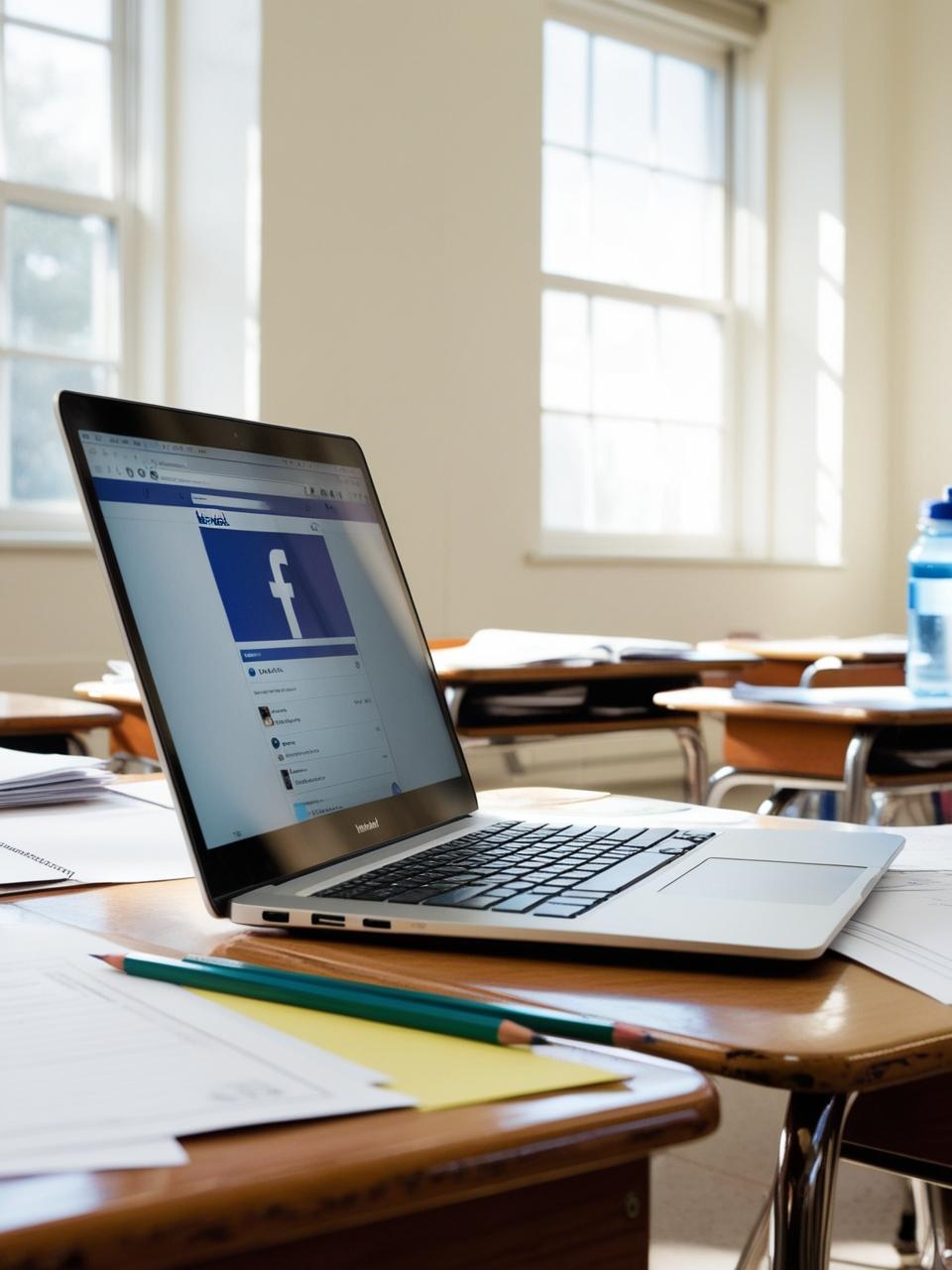 How to Support Your School Story with Organic, Authentic Social Media
How to Support Your School Story with Organic, Authentic Social Media -
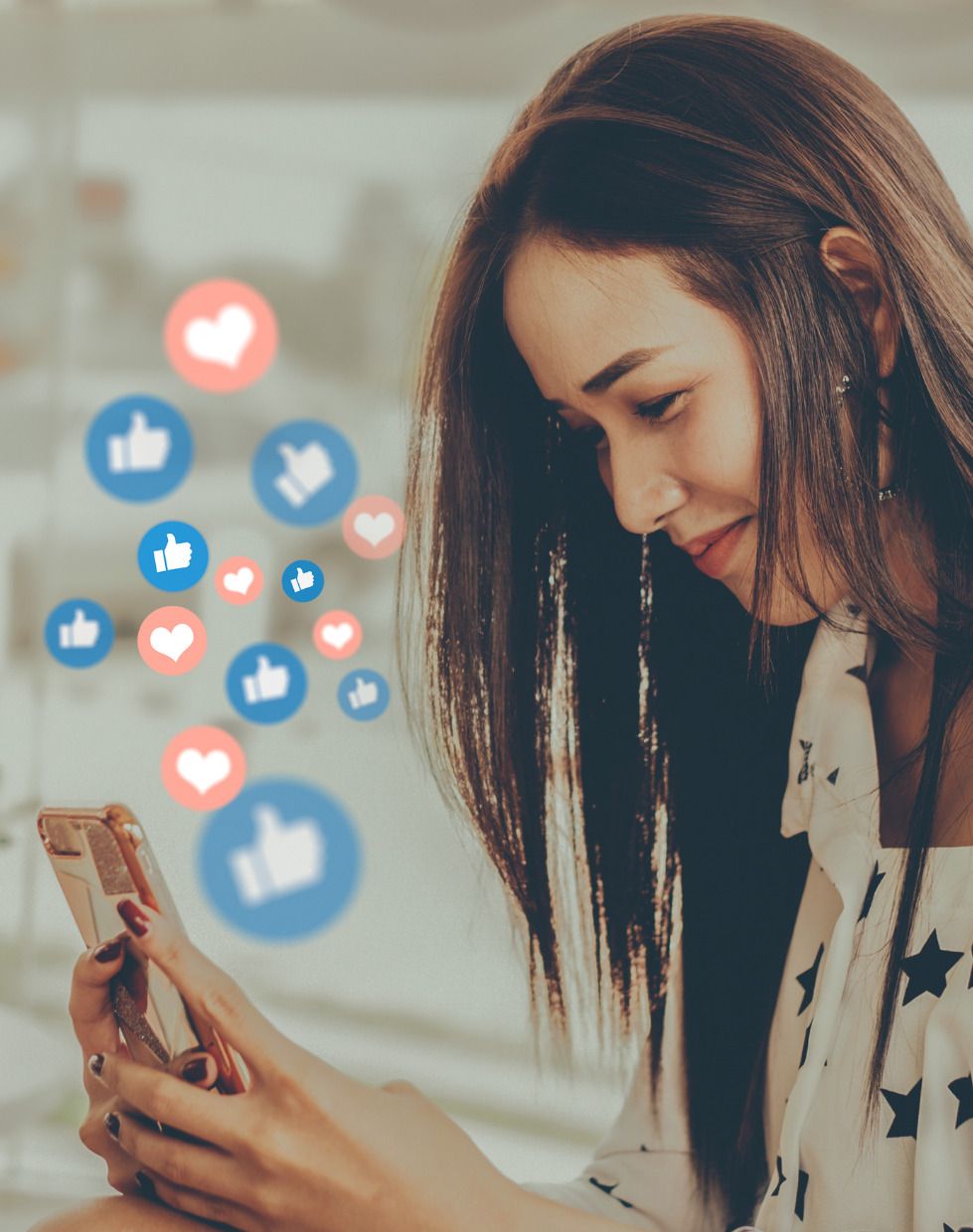 How to Attract Dream Families with Unforgettable Private School Social Media Advertising
How to Attract Dream Families with Unforgettable Private School Social Media Advertising -
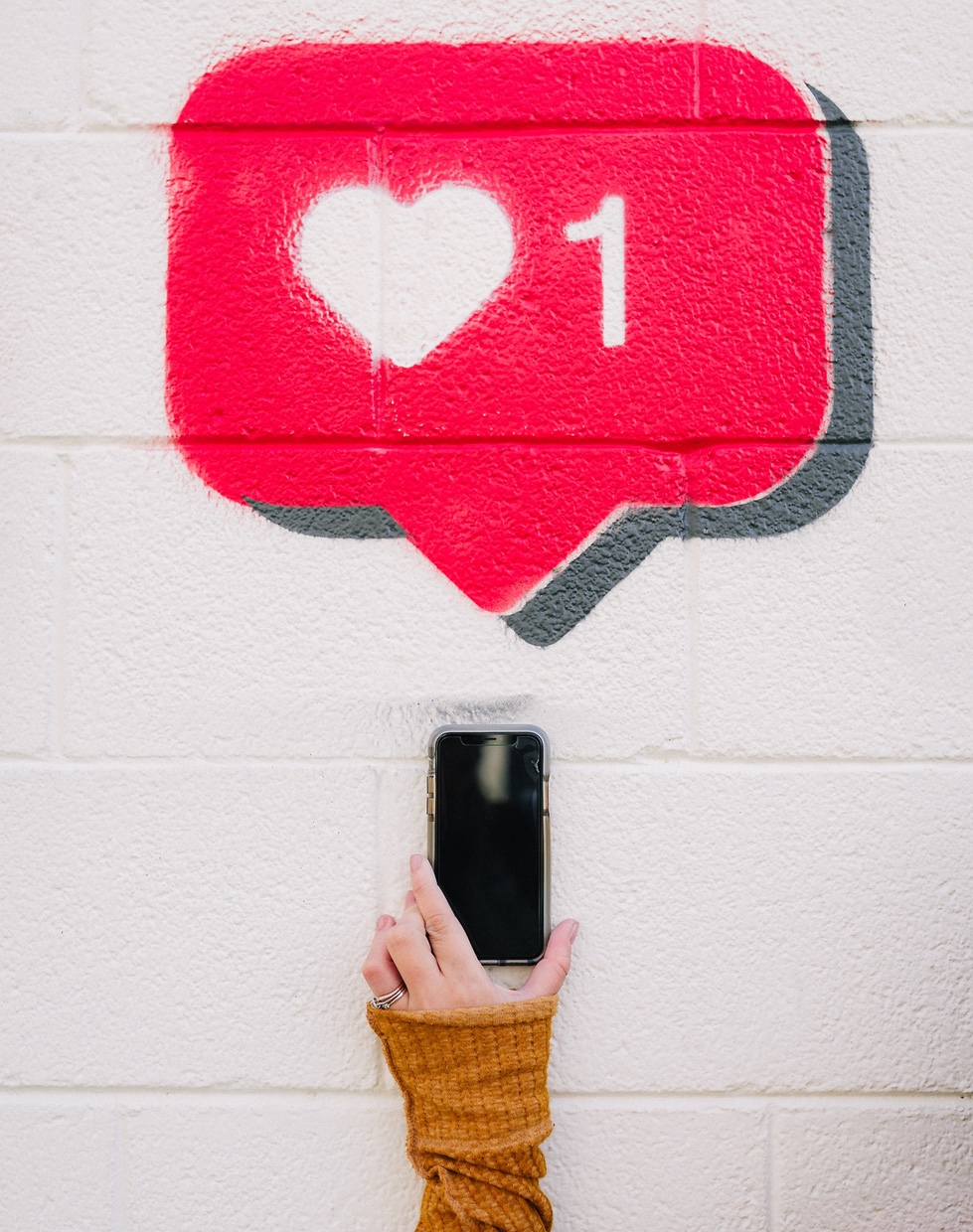 The Case for School Content Marketing
The Case for School Content Marketing -
 Social Proof: What Is It, and How Can School Marketers Use It?
Social Proof: What Is It, and How Can School Marketers Use It? -
 Conversion Copywriting for Schools: An Introduction
Conversion Copywriting for Schools: An Introduction -
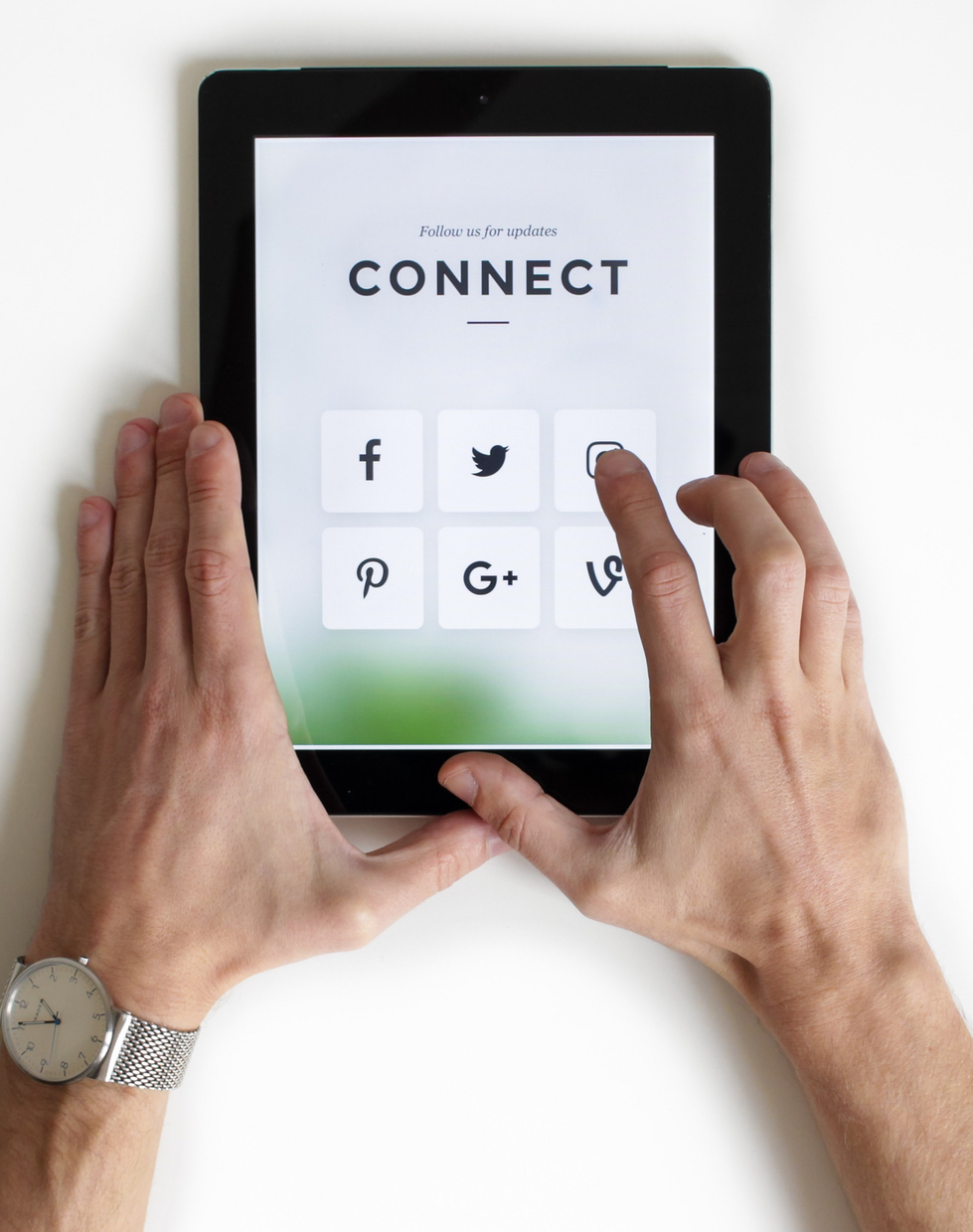 10 Questions to Help Conquer School Marketing FOMO
10 Questions to Help Conquer School Marketing FOMO -
 You Wrote a School Blog Post— Now What?
You Wrote a School Blog Post— Now What? - 2 NEW Ways to Inspire School Blog Content in 2017